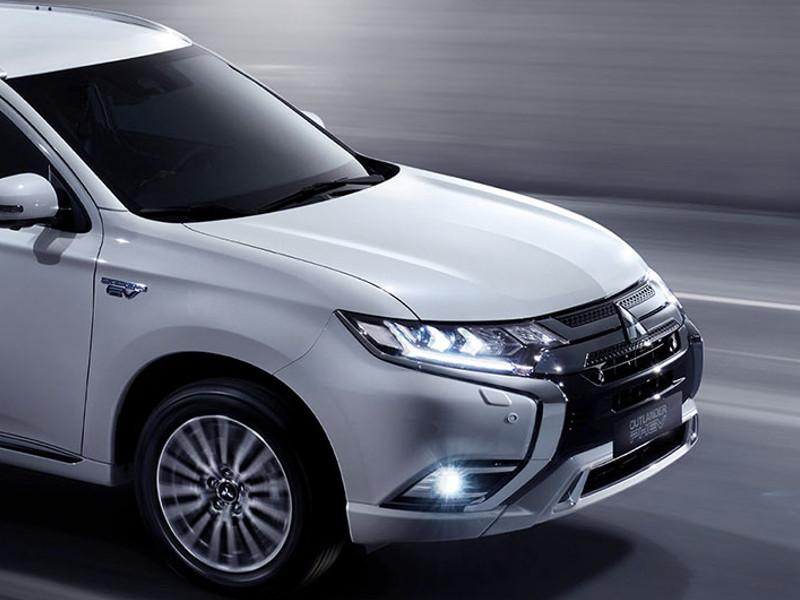

Hybrids and plug-in hybrids are often confused in the marketplace. What is an electric vehicle?Īn electric vehicle (EV) has a battery that is large enough and an electric motor that is powerful enough to deliver adequate range and performance without the need to include an engine or gas tank at all.Įxamples of an electric vehicle include the Ford Mustang Mach-E, the Nissan Leaf and the Tesla Model 3. If you can plug it in and also fill it up, it's a plug-in hybrid.Įxamples of a plug-in hybrid vehicle include the BMW 530e, the Toyota Prius Prime and the Chrysler Pacifica Hybrid. Note: Some PHEVs are incorrectly marketed as hybrids. It also uses regenerative braking to save fuel. The engine comes to life when the battery runs down, allowing the vehicle to continue uninterrupted as a regular gasoline hybrid. A plug-in hybrid behaves much like an electric vehicle, with its gasoline engine essentially dormant, when its battery has charge. What is a plug-in hybrid car?Ī plug-in hybrid vehicle (PHEV) is a gasoline-powered hybrid with a much larger battery and a means to recharge it using an external power source.

How do hybrid cars work? Their electric motors function as generators when you press the brake, and the energy that's regenerated during braking is stored in a small battery for immediate use the next time you accelerate from rest.Įxamples of a hybrid car include the Honda Accord Hybrid, the Lexus RX 450h and the Toyota Prius. At times, both systems work together for added power. Hybrids also have electric motors that sometimes power the car in order to delay the use of the gasoline engine and save fuel. All PHEVs can charge at an EVgo L2 charger, but most PHEVs are not capable of supporting fast charging.A vehicle is a hybrid if it is 100% gasoline-fueled but doesn't rely solely on its gasoline engine for propulsion. Once the all-electric range is depleted, PHEVs act as regular hybrids, and can travel several hundred miles on a tank of gasoline. While regular hybrids can (at low speed) travel 1-2 miles before the gasoline engine turns on, PHEVs can go anywhere from 10-40 miles before their gas engines provide assistance. They differ from regular hybrids by having a much larger battery, and being able to plug into the grid to recharge. Like regular hybrids, they can recharge their battery through regenerative braking. Plug-in Hybrid Electric Vehicles, or PHEVs, have both an engine and electric motor to drive the car.


 0 kommentar(er)
0 kommentar(er)
